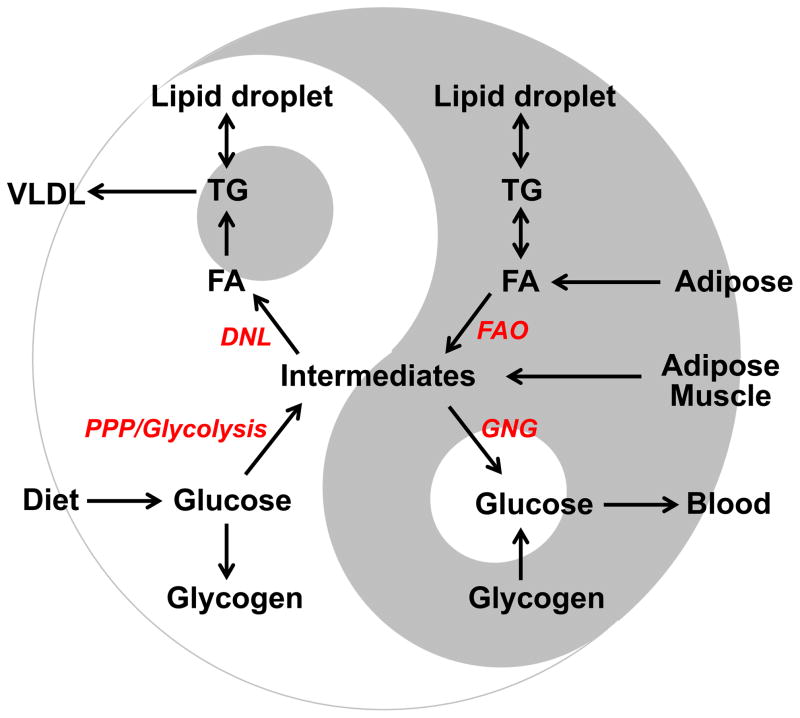Figure 1. Yin and Yang: counteraction and interdependence between hepatic lipid and carbohydrate metabolism harmonized in circadian rhythms.
In normal physiology, there is a well-balanced rhythmic flow of metabolic intermediates in between lipid synthesis and glucose production in liver. For diurnal organisms, intermediates supplied by carbohydrates catabolism are assimilated into lipids on the light cycle. While on the dark cycle, intermediates are re-routed towards glucose production, a process fueled by lipid oxidation. Excessively enhancing lipogenesis undermines gluconeogenesis because precursors are diverted away, leading to reduced glycogen storage and hypoglycemia. Blocking gluconeogenesis, on the other hand, shunts intermediates into lipogenesis and promotes steatosis. Inhibiting lipid oxidation accumulates triglycerides, but also impedes gluconeogenesis due to undersupply of energy and cofactors. Lipids, either generated intrahepatically or received externally, are handled by lipid droplets (LDs) before secretion or oxidation. When the amount of lipids exceeds the sequestration capacity of LDs, lipotoxicity ensues. The intricate relationship between hepatic lipid and carbohydrate metabolism exemplifies the ancient philosophy of Yin and Yang, which describes the world as two opposing existences that flow in a natural cycle seeking balance and interconnection to each other.
DNL: de novo lipogenesis; FAO: fatty acid oxidation; PPP: pentose phosphate pathway; GNG: gluconeogenesis; FA: fatty acids; TG: triglycerides. Intermediates include Krebs cycle intermediates, precursors and cofactors for biosynthesis, and energy.

